Apparently the economics for backup power alone just aren’t that attractive.
Tesla has quietly removed all references to its 10-kilowatt-hour residential battery from the Powerwall website, as well as the company’s press kit. The company’s smaller battery designed for daily cycling is all that remains.
The change was initially made without explanation, which prompted industry insiders to speculate. Today, a Tesla representative confirmed the 10-kilowatt-hour option has been discontinued.
“We have seen enormous interest in the Daily Powerwall worldwide,” according to an emailed statement to GTM. “The Daily Powerwall supports daily use applications like solar self-consumption plus backup power applications, and can offer backup simply by modifying the way it is installed in a home. Due to the interest, we have decided to focus entirely on building and deploying the 7-kilowatt-hour Daily Powerwall at this time.”
The 10-kilowatt-hour option was marketed as a backup power supply capable of 500 cycles, at a price to installers of $3,500. Tesla was angling to sell the battery to consumers that want peace of mind in the event the grid goes down, like during another Superstorm Sandy. The problem is that the economics for a lithium-ion backup battery just aren’t that attractive.
Even at Tesla’s low wholesale price, a 500-cycle battery just doesn’t pencil out against the alternatives, especially once the inverter and other system costs are included. State-of-the-art backup generators from companies like Generac and Cummins sell for $5,000 or less. These companies also offer financing, which removes any advantage Tesla might claim with that tactic, as GTM’s Jeff St. John pointed out last spring.
“Even some of the deep cycling lead acid batteries offer 1,000 cycles and cost less than half of the $3,500 price tag for Tesla Powerwall,” said Ravi Manghani, senior energy storage analyst at GTM Research. “For pure backup applications only providing 500 cycles, lead acid batteries or gensets are way more economical.”In Ghana good quality lead acid batteries such as the AGM telecom batteries retail at $219/Kw/hr and can be purchased at nocheski Solar (Victron Energy partner ) in the port city of Tema. These AGM batteries have 1800 cycles at a D.O.D of 30% or 750 cycles at a D.O.D of 50%

AGM telecom battery by victron energy
In California, batteries can benefit from the state’s Self-Generation Incentive Program (SGIP). But California regulators have indicated that battery systems need to be able to cycle five times a week in order to be eligible, which would exclude Tesla’s bigger battery.
“In current discussions on SGIP program overhaul, it is very likely that stronger performance requirements may get added, which will make a 10-kilowatt-hour/500 cycles product outright ineligible (if cycled only once a week), or last only 2 years (if cycled every weekday for about 500 cycles over 2 years),” said Manghani. “In short, the market’s expectation is that for a $3,500 price tag, the product needs to have more than just 500 cycles (i.e., only backup capabilities).”
Backup power alone simply doesn’t have as strong a case as using a battery for self-consumption. That said, the opportunities for self-consumption are still few and far between.
A GTM Research analysis for residential storage, purely for time-of-use shifting or self-consumption. found that the economics only pan out in certain conditions. In Hawaii, for instance, the economics of solar-plus-storage under the state’s new self supply tariff looks only slightly more attractive than solar alone under the grid supply option.
“So it comes down to the question of customer adoption of a relatively new technology for only slightly improved economics,” said Manghani. “This doesn’t mean residential customers are not deploying energy storage,” but he noted that these were the early adopters.
Tesla appears to be focusing its efforts on first movers and the markets where storage for energy arbitrage and self-consumption makes economic sense.
While the 10-kilowatt-hour option has been removed, the Powerwall website continues to offer specifications for Tesla’s 6.4-kilowatt-hour battery designed for daily cycling applications, such as load shifting. The battery is warrantied for 10 years, or roughly 5,000 cycles, with a 100 percent depth of discharge. The wholesale price to installers is $3,000.
The smaller battery is often marketed as 7 kilowatt-hours, which would appear to have a price of $429 per kilowatt-hour. In realty, it’s a 6.4 kilowatt-hour battery at a price of $469 per kilowatt-hour.
A bigger, cheaper or more integrated battery product could soon be added to Tesla’s lineup. In January, CEO Elon Musk announced a new Powerwall option will be released this summer.
“We’ve got the Tesla Powerwall and Powerpack, which we have a lot of trials underway right now around the world. We’ve seen very good results,” said Musk during a talk to Tesla car owners in Paris, The Verge reports. “We’ll be coming out with version two of the Powerwall probably around July, August this year, which will see [a] further step-change in capabilities.”
At this point, it’s unclear what the “step-change” will be.


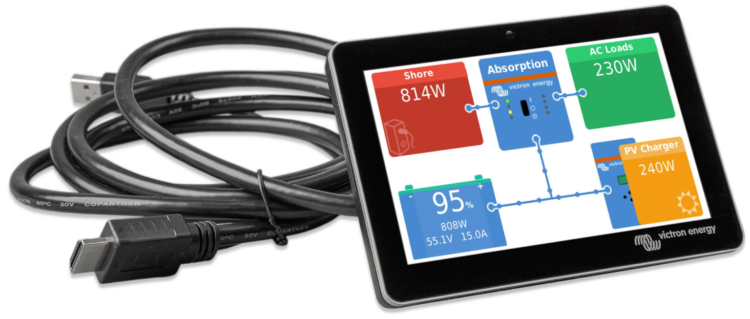


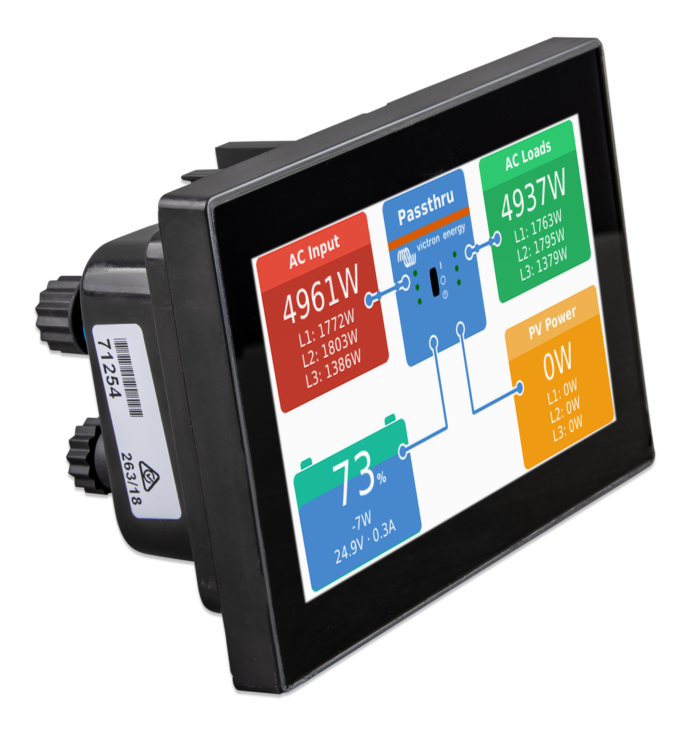
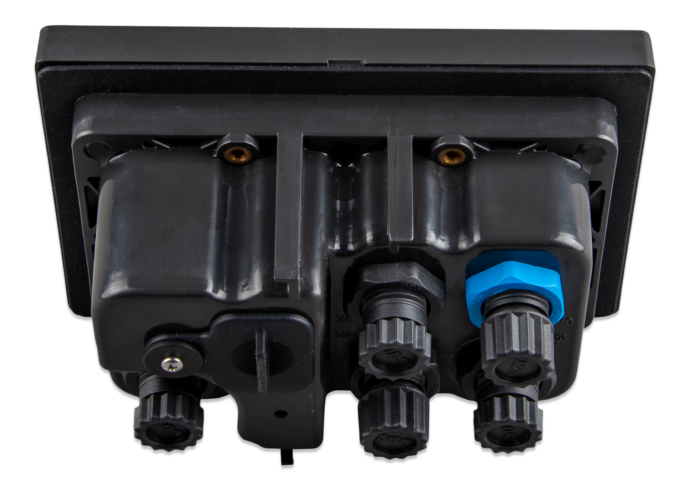
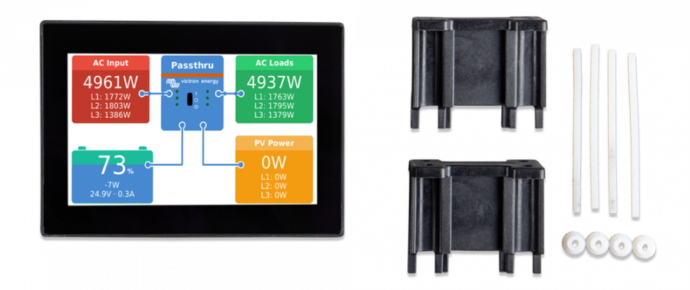
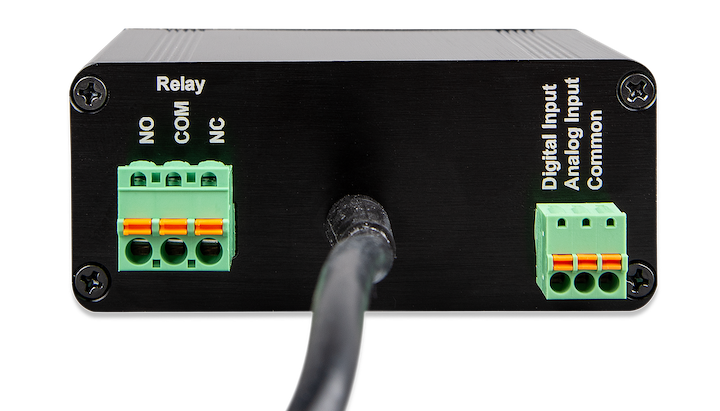

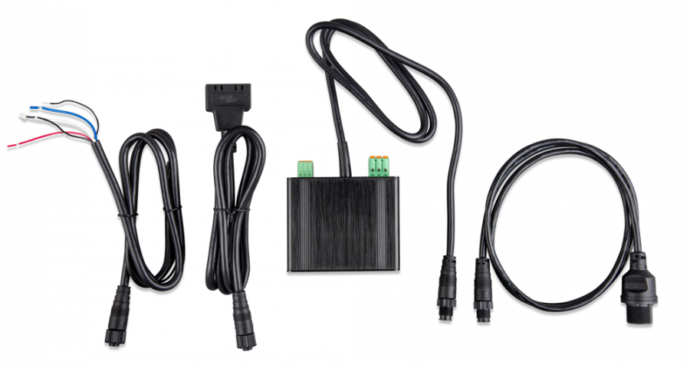


 GRADE refers to the quality of solar cell used in the solar panel, and are categorized as A, B, C, or D. “Grade A” cells are the highest quality, in that they are tested to ensure there are no micro-cracks in the solar cell, and all the cells are of the same type. The quality diminishes for grade B, which may have micro cracks and not all cells are of the same type (they sometimes mix and match). Grades C and D are much worse quality with larger cracks and chips, and the cell mismatch is even worse since typical solar cell will be exposed to sunlight throughout its lifetime. Sunlight contains harmful ultraviolet (UV) light that deteriorates all materials, including solar cells. The tiny flaws in the material become worse after prolonged exposure to sunlight, and its power output reduces over time.As a grade A cell has the least flaws to start with, its deterioration will be the slowest.
GRADE refers to the quality of solar cell used in the solar panel, and are categorized as A, B, C, or D. “Grade A” cells are the highest quality, in that they are tested to ensure there are no micro-cracks in the solar cell, and all the cells are of the same type. The quality diminishes for grade B, which may have micro cracks and not all cells are of the same type (they sometimes mix and match). Grades C and D are much worse quality with larger cracks and chips, and the cell mismatch is even worse since typical solar cell will be exposed to sunlight throughout its lifetime. Sunlight contains harmful ultraviolet (UV) light that deteriorates all materials, including solar cells. The tiny flaws in the material become worse after prolonged exposure to sunlight, and its power output reduces over time.As a grade A cell has the least flaws to start with, its deterioration will be the slowest.


















